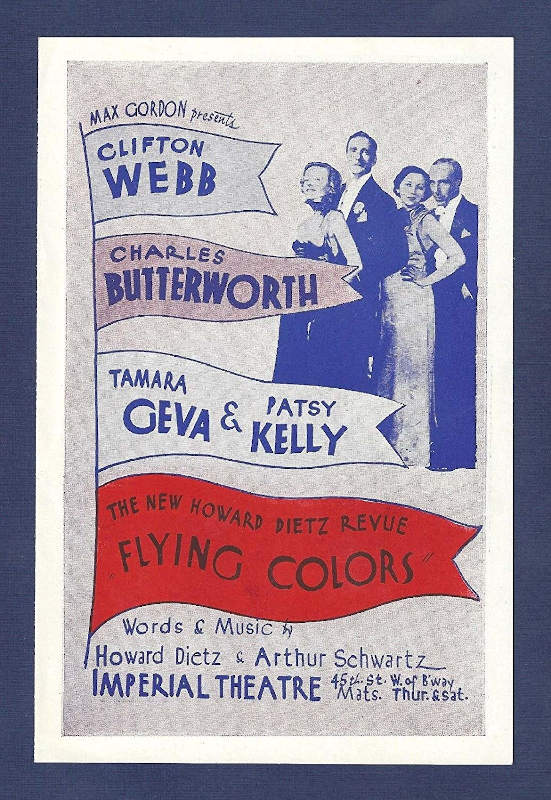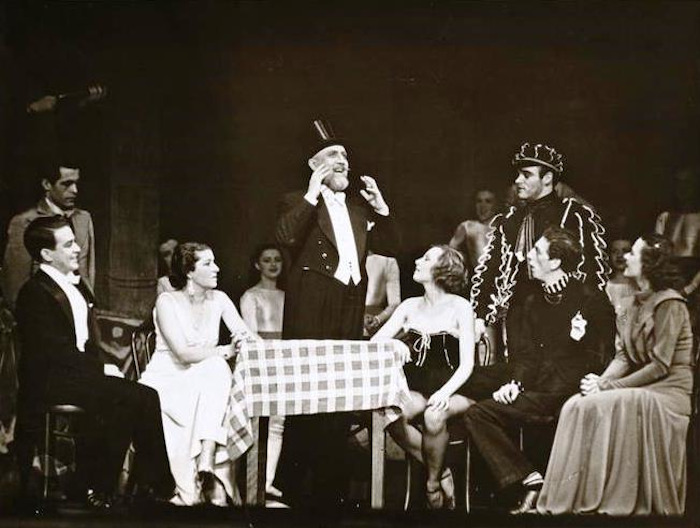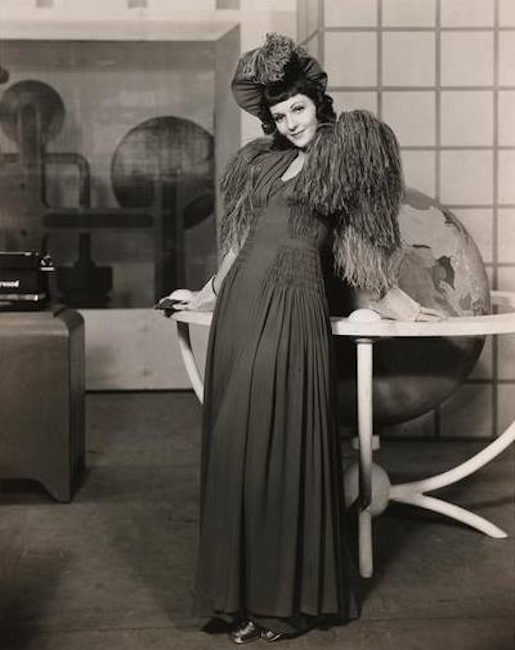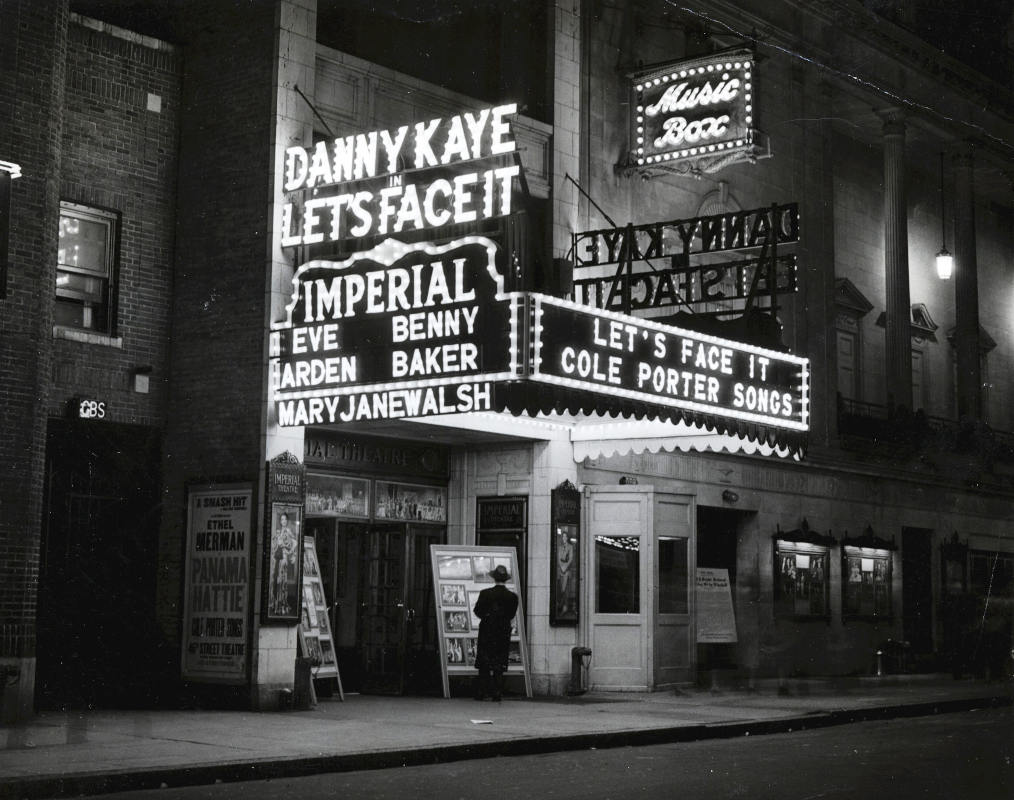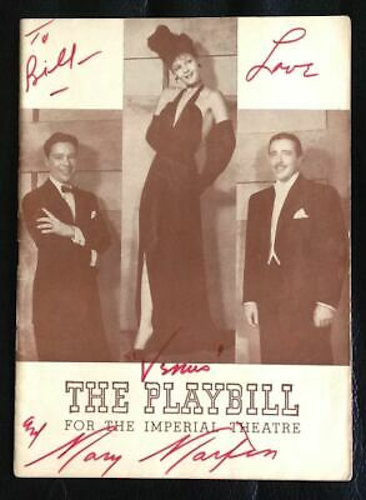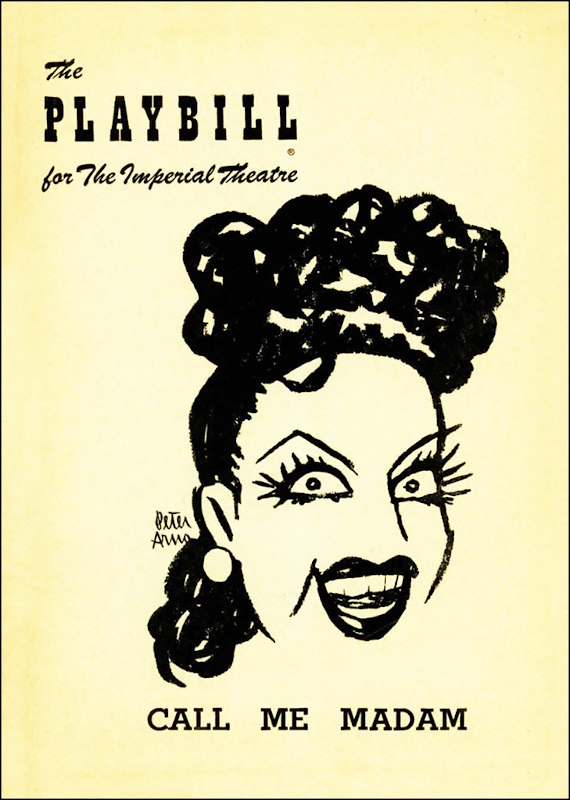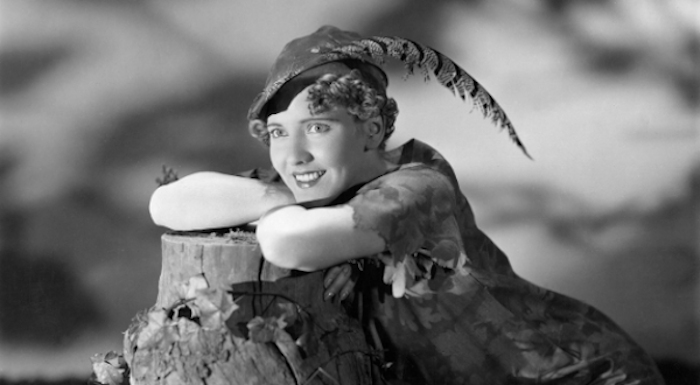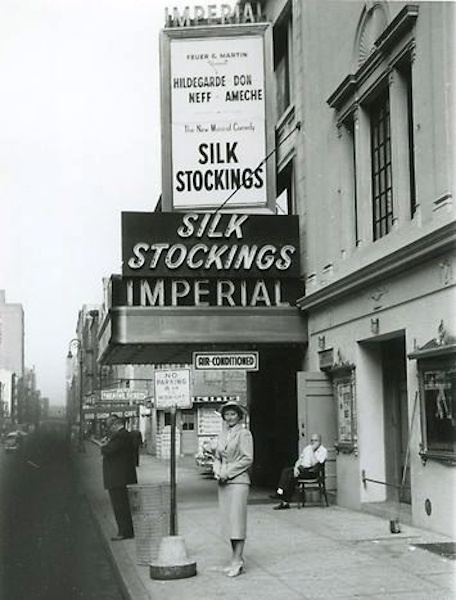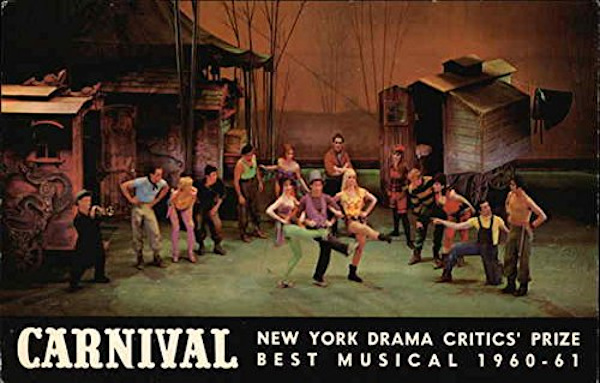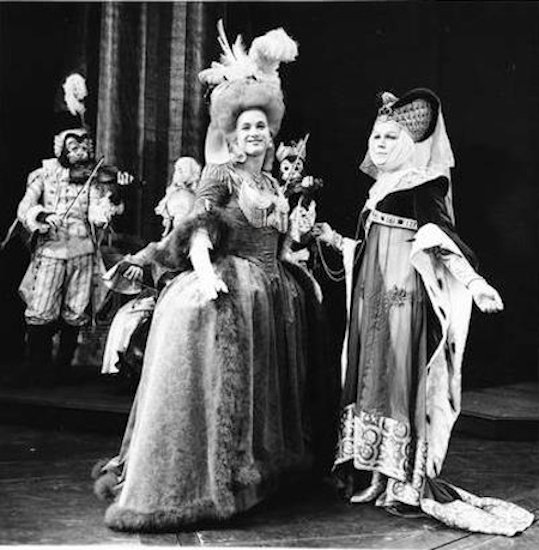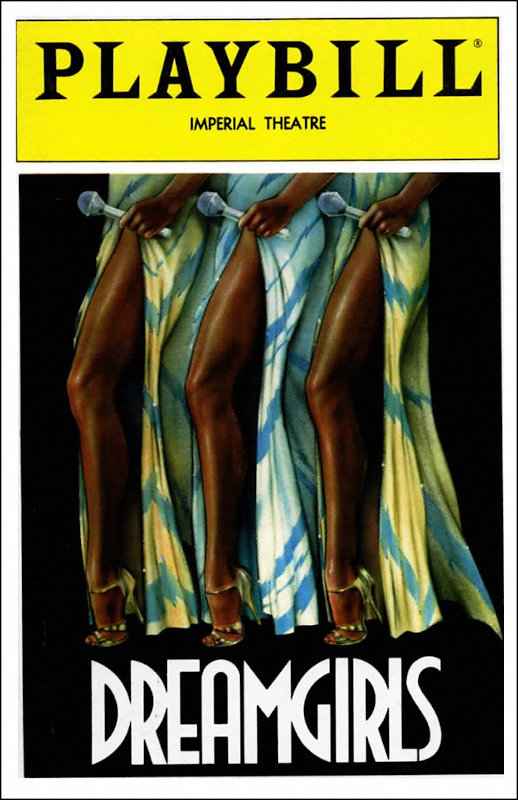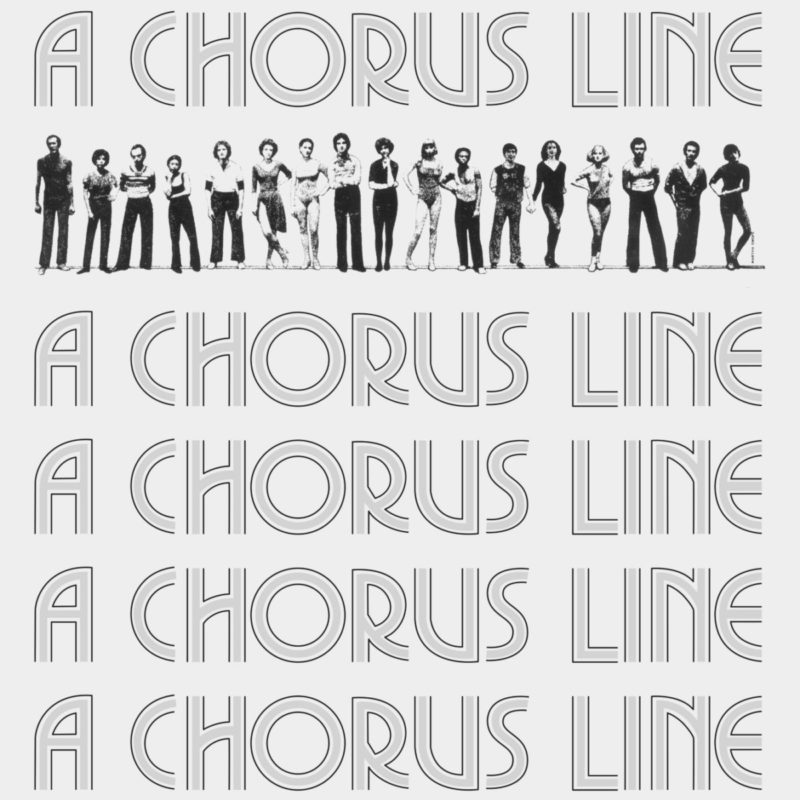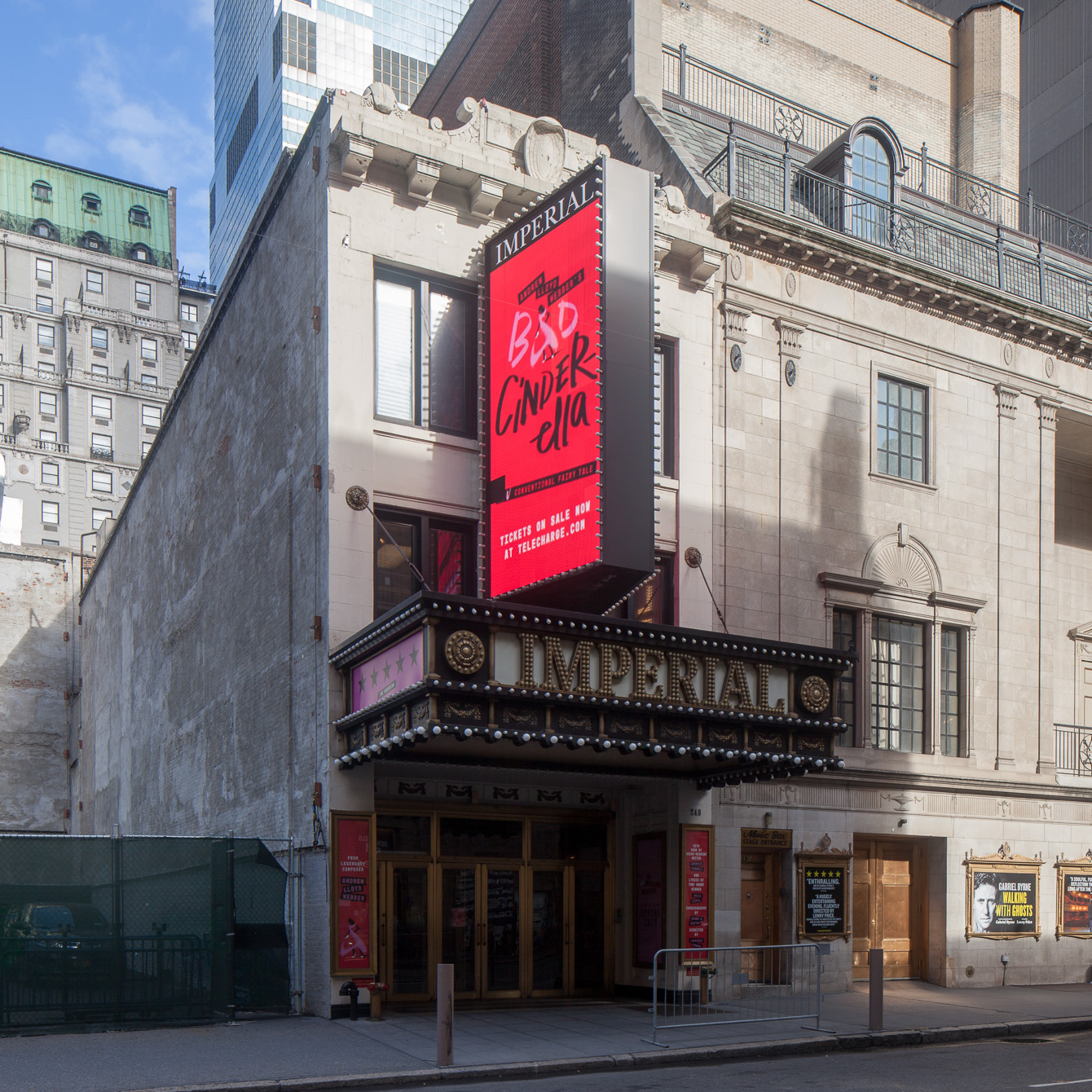
Imperial Theater
overview
Opened in 1923, the Imperial Theater has staged multiple productions involving major LGBT performers and creators, including Jerome Robbins, Joel Grey, Tom Eyen, Irene Sharaff, Michael Bennett, Mary Martin, Cole Porter, Alvin Ailey, and Leonard Bernstein, among others.
The 1969 production of A Patriot for Me (1965) was based on the true story of Alfred Redl, a homosexual officer in the Austro-Hungarian intelligence service in the 1890s.
History
The Imperial Theater, opened in 1923, has had a long history of LGBT-associated productions. One play with an LGBT theme was produced here after the repeal in 1967 of the Wales Padlock Law (1927), which forbade the depiction of “sex perversion” on the New York stage. In 1969, the Imperial produced the 1965 play A Patriot for Me by English playwright John Osborne, directed by Peter Glenville, with scenic design by Oliver Smith and costume design by Freddy Wittop (Outstanding Costume Design Drama Desk Award). It was based on the true story of Alfred Redl, a homosexual officer in the Austro-Hungarian intelligence service in the 1890s, who was blackmailed by the Russians. The climax of the play was a ball with Viennese society figures in drag. The Lord Chamberlain’s Office had denied it a performance license in England.
Big hits with LGBT associations at the Imperial included:
- Let’s Face It (1941-43), with music and lyrics by Cole Porter, and choreography by Charles Walters
- Rosalinda (1943), with scenic design by Oliver Smith (opened at the 44th Street Theater)
- One Touch of Venus (1943-44), with costume design by Kermit Love and Paul Du Pont, and with actor Mary Martin
- Ziegfeld Follies of 1943 (1944), with costume design by Miles White (opened at the Winter Garden Theater)
- Song of Norway (1944-46), with musical adaptation and lyrics by George Forrest and Robert Wright
- Call Me Madam (1950-52), with dances and musical numbers staged by Jerome Robbins, and with scenic and costume design by Raoul Pene Du Bois
- Wish You Were Here (1952-53), with costume design by Robert Mackintosh, and with actor Jack Cassidy
- Silk Stockings (1955-56), with music and lyrics by Cole Porter, and with actor George Tobias
- Jamaica (1957-59), with scenic design by Oliver Smith, costume design by Miles White, and choreography by Jack Cole, and with dancer Alvin Ailey
- Destry Rides Again (1959-60) by Leonard Gershe, with production design by Oliver Smith
- Gypsy (1960-61) by Arthur Laurents, directed by Jerome Robbins, with lyrics by Stephen Sondheim, and costume design by Raoul Pene Du Bois (opened at the Broadway Theater)
- Carnival! (1961-63) by Michael Stewart, with costume design by Freddy Wittop, and with actor James Mitchell
- Oliver (1963-64), with book, music and lyrics by Lionel Bart (Best Composer and Lyricist Tony Award)
- Fiddler on the Roof (1964-67), directed and choreographed by Jerome Robbins (Best Direction of a Musical and Best Choreography Tony Awards), with actor Leonard Frey and dancer Tommy Abbott
- Cabaret (1967-68; opened at the Broadhurst Theater; Best Musical Tony Award) based on I Am a Camera by John Van Druten (which was based on stories by Christopher Isherwood), with music and lyrics by John Kander and Fred Ebb (Best Composer and Lyricist Tony Award), and with Joel Grey (Best Featured Actor in a Musical Tony Award)
- Chapter Two (1977-79), with scenic design by William Ritman, and lighting design by Tharon Musser
- Dreamgirls (1981-85), with book and lyrics by Tom Eyen (Best Book of a Musical Tony Award), music by Henry Krieger, and choreography by Michael Bennett and Michael Peters (Best Choreography Tony Award), and lighting design by Tharon Musser (Best Lighting Design Tony Award)
- The Mystery of Edwin Drood (1985-87), with actors Howard McGillin and George Rose (Best Actor in a Musical Tony Award)
- Jerome Robbins’ Broadway (1989-90), directed by Jerome Robbins and Grover Dale, choreographed by Robbins, with scenic design by Oliver Smith and others, and costume design by Irene Sharaff, Raoul Pene Du Bois, Miles White and others, and with dancer Robert La Fosse
Other shows with LGBT creators and performers at the Imperial included:
- Deep River (1926), with Black baritone Jules Bledsoe
- Flying Colors (1932-33), with actors Clifton Webb and Patsy Kelly
- Say When (1934-35), with actor Nick Long, Jr.
- Jubilee (1935-36), with music and lyrics by Cole Porter, and with actors Montgomery Clift and Charles Walters
- On Your Toes (1936) by George Abbott, Lorenz Hart, and Richard Rodgers, with lyrics by Hart, and costume design by Irene Sharaff, and with actor Monty Woolley
- Frederika (1937) with actor Earl McDonald
- Between the Devil (1937-38), with actor Charles Walters
- Leave It to Me! (1938-39), with music and lyrics by Cole Porter, and costume design by Raoul Pene Du Bois, and with actors Mary Martin and Sophie Tucker
- Too Many Girls (1939-40), with lyrics by Lorenz Hart, and costume design by Raoul Pene Du Bois, and with actor Van Johnson
- Louisiana Purchase (1940-41), with actor Nick Long, Jr.
- Along Fifth Avenue (1949), with scenic design by Oliver Smith (opened at the Broadhurst Theater)
- Miss Liberty (1949-50), with scenic and lighting design by Oliver Smith, and with actor Mary McCarty
- Peter Pan (1950), with music and lyrics by Leonard Bernstein, and with actor Jean Arthur
- John Murray Anderson’s Almanac (1953-54), with scenic design by Raoul Pene Du Bois, and with actors Billy De Wolfe and Carleton Carpenter
- By the Beautiful Sea (1954), with costume design by Irene Sharaff (opened at the Majestic Theater)
- Zorba (1968-69), with music and lyrics by John Kander and Fred Ebb
- Two by Two (1970-71), conceived and directed by Joe Layton
- On the Town (revival, 1971-72), with music by Leonard Bernstein, costume design by Bob Mackie and Ray Aghayan, and lighting design by Tharon Musser, and with actor Remak Ramsey
- Lost in the Stars (revival, 1972), with scenic design by Oliver Smith
- Anna Christie (revival, 1977), with actor Mary McCarty
- Cabaret (revival, 1987-88) based on I Am a Camera by John Van Druten (which was based on stories by Christopher Isherwood), with music and lyrics by John Kander and Fred Ebb, and with actor Joel Grey
Entry by Jay Shockley, project director (August 2019, with multiple additions).
NOTE: Names above in bold indicate LGBT people.
Building Information
- Architect or Builder: Herbert J. Krapp
- Year Built: 1923
Sources
“The 1st List of: Gay/Lesbian/Bi Industry People, Both in Front and Behind the Camera,” www.imdb.com, May 31, 2013.
Adam Hetrick, “The Work of Broadway’s Gay and Lesbian Artistic Community Goes on Display Nov. 14 When the Leslie/Lohman Gay Art Foundation Gallery Presents ‘StageStruck: The Magic of Theatre Design’,” Playbill, November 14, 2007.
Imperial Theater Interior Designation Report (New York: Landmarks Preservation Commission, 1987).
Internet Broadway Database.
Do you have more information about this site?
This project is enriched by your participation! Do you have your own images of this site? Or a story to share? Would you like to suggest a different historic site?
